SOURCE: RAUNAK KUNDE / NEWS BEAT / IDRW.ORG

India’s indigenously developed light combat aircraft, the LCA-Tejas Mk1A, is gearing up for a crucial phase of testing. After completing its maiden flight last month, the aircraft will now head to the Pokhran range for a series of weapons tests.
These tests are essential due to the significant upgrades incorporated into the Tejas Mk1A. A key change is the adoption of the advanced EL/M-2052 Active Electronically Scanned Array (AESA) radar by Elta Systems. This new radar necessitates the revalidation of weapons that rely on radar guidance for the Mk1A to achieve operational clearance.
Continue readingSOURCE: RAUNAK KUNDE / NEWS BEAT / IDRW.ORG
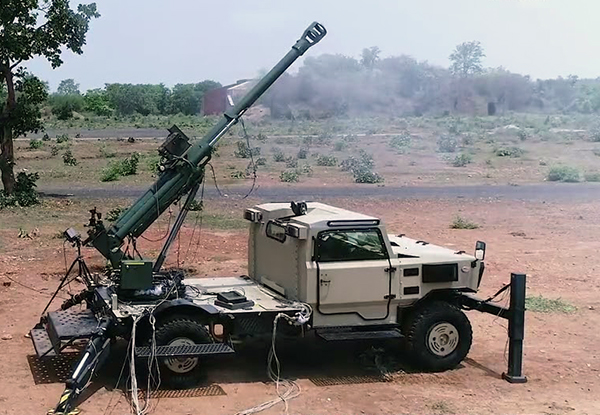
In a move to bolster its mobile firepower, particularly along the Line of Actual Control (LAC) with China, the Indian Army issued a tender last year (November 27, 2023) for the acquisition of 200 new self-propelled howitzers equipped with 105mm guns. This initiative emphasizes the Indian government’s push for indigenous defence solutions.
The primary objective of this procurement is to equip the Indian Army with modern and mobile artillery systems for high-altitude border regions. These self-propelled howitzers will offer greater operational flexibility and firepower compared to traditional towed artillery, especially in challenging mountainous terrain.
Continue readingSOURCE: RAUNAK KUNDE / NEWS BEAT / IDRW.ORG
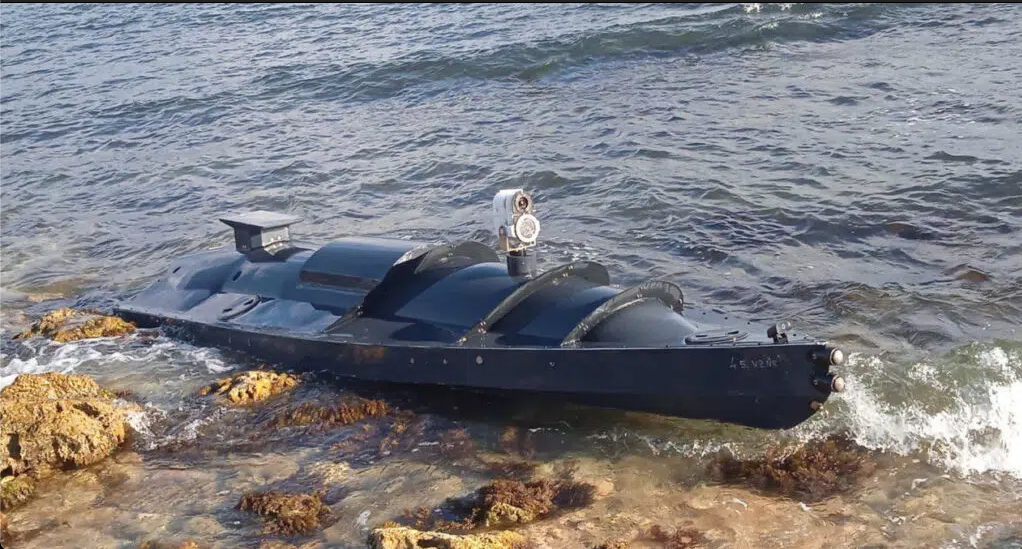
Recent events in the Ukraine conflict have sent ripples through the Indian Navy, prompting a strategic rethink to address the growing threat posed by sea drones. The successful deployment of explosive-laden drones by Ukraine against Russian warships has highlighted the vulnerability of even large vessels to these low-cost, unconventional weapons.
Traditionally, destroyer-type ships have served as protectors against smaller, faster torpedo boats, safeguarding larger vessels like battleships. However, the rise of sea drones challenges this established dynamic. The Indian Navy, along with other major naval forces, is now forced to adapt its strategies to this new and evolving threat.
Continue readingSOURCE: IDRW.ORG TEAM.

In a significant development highlighting the growing defense cooperation between India and Brazil, a delegation led by Brig. Gen. Marcelo Rocha Lima, Head of the Brazilian Army Project Office (EPEx), is currently on a visit to India. The primary objective of the delegation is to inspect ongoing defense projects and explore avenues for collaboration in various strategic areas.
During their visit, the Brazilian delegates had the opportunity to visit Bharat Electronics Limited (BEL), a leading Indian defense electronics company known for developing cutting-edge communication and cyber systems. This visit underscores Brazil’s interest in leveraging India’s expertise in defense technology and exploring potential partnerships in areas such as radars, electronic warfare systems (EWs), and anti-drone jammers.
Continue readingSOURCE: DEEPAK HILORI/ FOR MY TAKE / IDRW.ORG
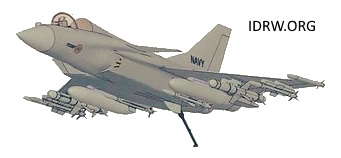
The recent approval by the Cabinet Committee on Security (CCS) for the development of the Advanced Medium Combat Aircraft (AMCA) marks a significant milestone in India’s quest for self-reliance in fighter jet technology. However, the high cost of the AMCA program, coupled with the uncertainties surrounding the TEDBF program for the Navy, raises questions about India’s overall fighter jet development strategy.
With a budget of ?15,000 crore, the AMCA program aims to develop a fifth-generation fighter jet for the Indian Air Force (IAF). The IAF has already committed to procuring 120 AMCA jets in both MkI and MkII variants, reflecting its confidence in the project’s potential.
Continue readingSOURCE: RAUNAK KUNDE / NEWS BEAT / IDRW.ORG
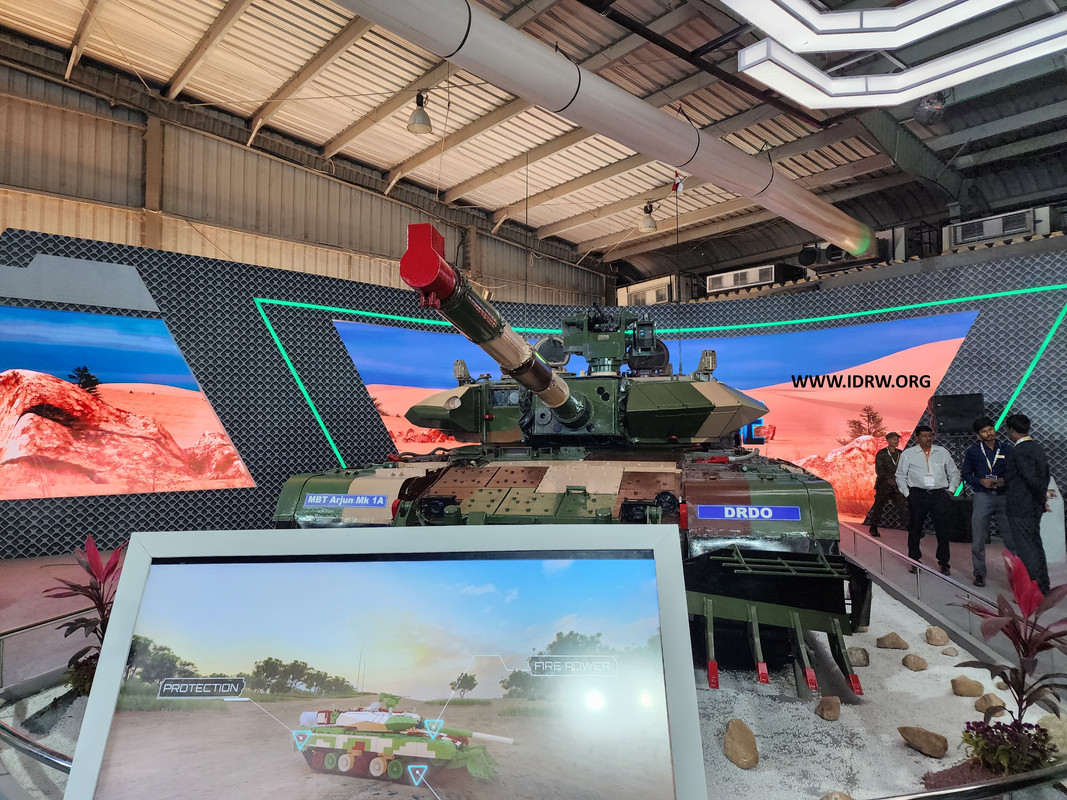
The Defence Research and Development Organisation (DRDO) has officially confirmed the development of the Arjun MkII, the next iteration of India’s indigenously developed main battle tank (MBT). This announcement comes after the successful order of the Arjun Mk1A variant by the Indian Army.
Defence experts familiar with the program told idrw.org and shed some light on the rationale behind the Mk1A. They explain that the Mk1A served as a bridge between the older Mk1 variant and the more extensively upgraded MkII. The significant changes envisioned for the MkII necessitated the creation of the Mk1A as an interim solution.
Continue readingSOURCE: RAUNAK KUNDE / NEWS BEAT / IDRW.ORG
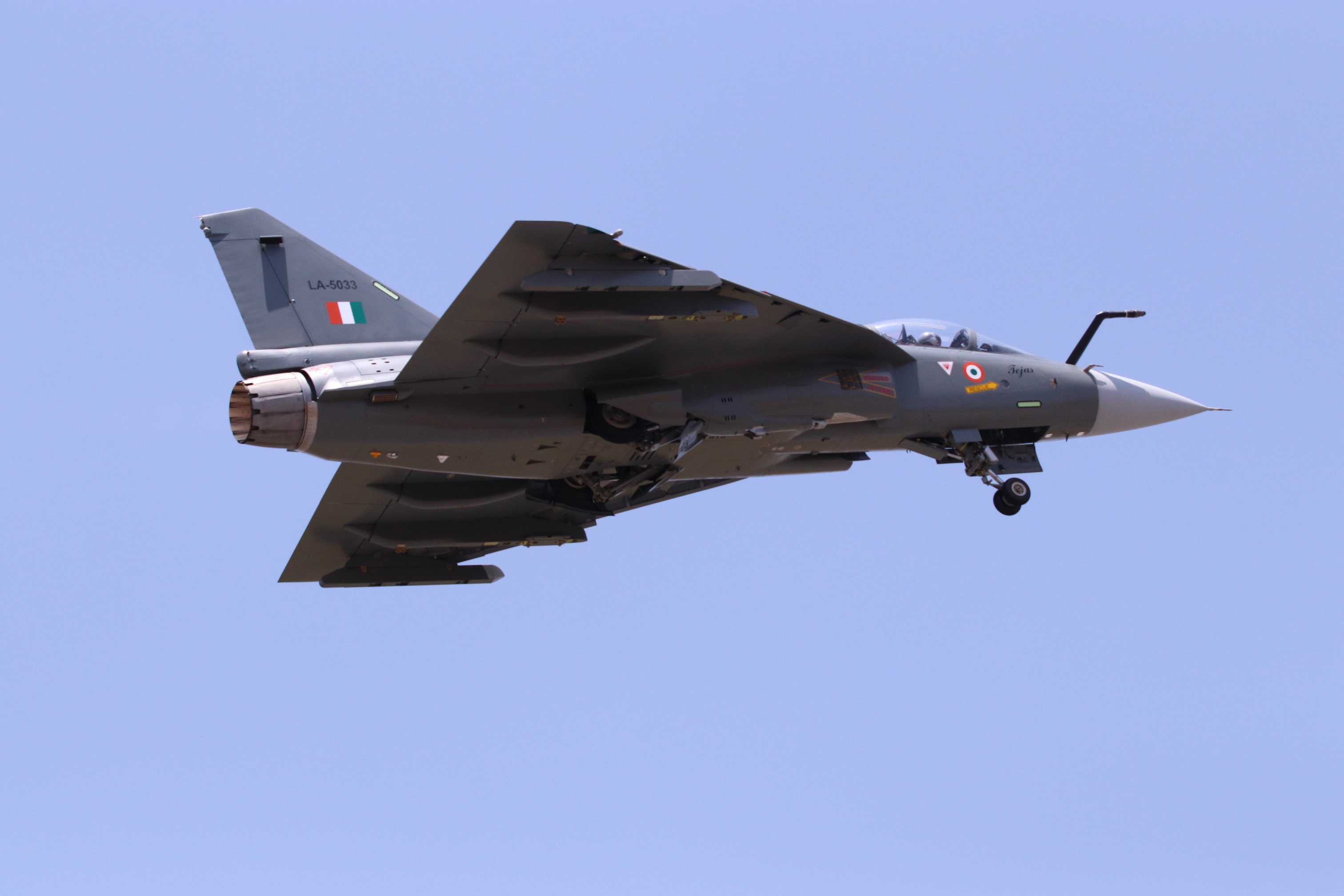
The Indian Ministry of Defence’s (MoD) annual report for 2022-23 sheds light on a crucial development for the Light Combat Aircraft (LCA) Mk1A program: the Swayam Raksha Kavach Electronic Warfare (EW) Suite. This article explores the details of this vital system and its significance for the LCA Mk1A.
The name “Swayam Raksha Kavach” translates to “Self-Defense Armor,” aptly reflecting the suite’s role in protecting the LCA Mk1A from electronic threats. Developed domestically, the suite integrates cutting-edge technologies to enhance the aircraft’s survivability in modern warfare scenarios.
Continue readingSOURCE: RAUNAK KUNDE / NEWS BEAT / IDRW.ORG
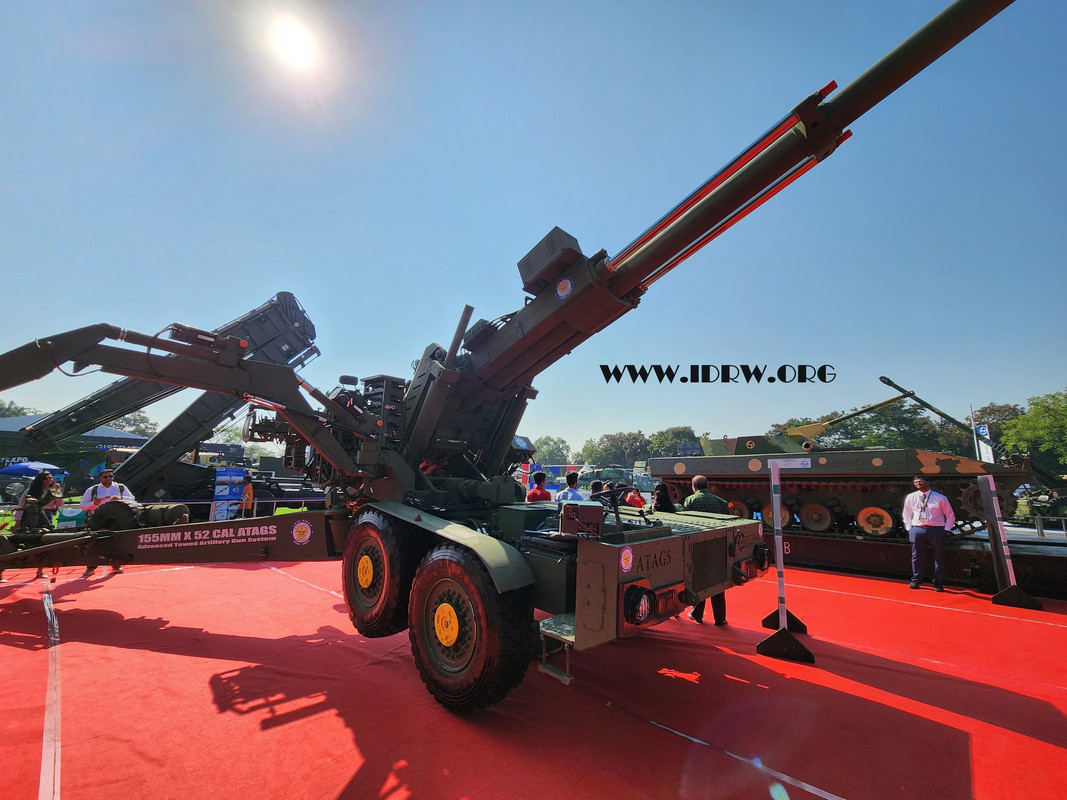
The Indian Army is poised to take a significant step towards modernizing its artillery capabilities with the imminent release of a Request for Proposal (RFP) for a new 155mm/52 calibre towed gun system, as People familiar with the matter informed idrw.org. This news follows an earlier Request for Information (RFI) issued in December 2022.
The RFI emphasized the Indian Army’s commitment to self-reliance by mandating procurement from local industry. This move aligns with the government’s push for “Make in India” initiatives in the defence sector.
Continue readingSOURCE: IDRW.ORG.
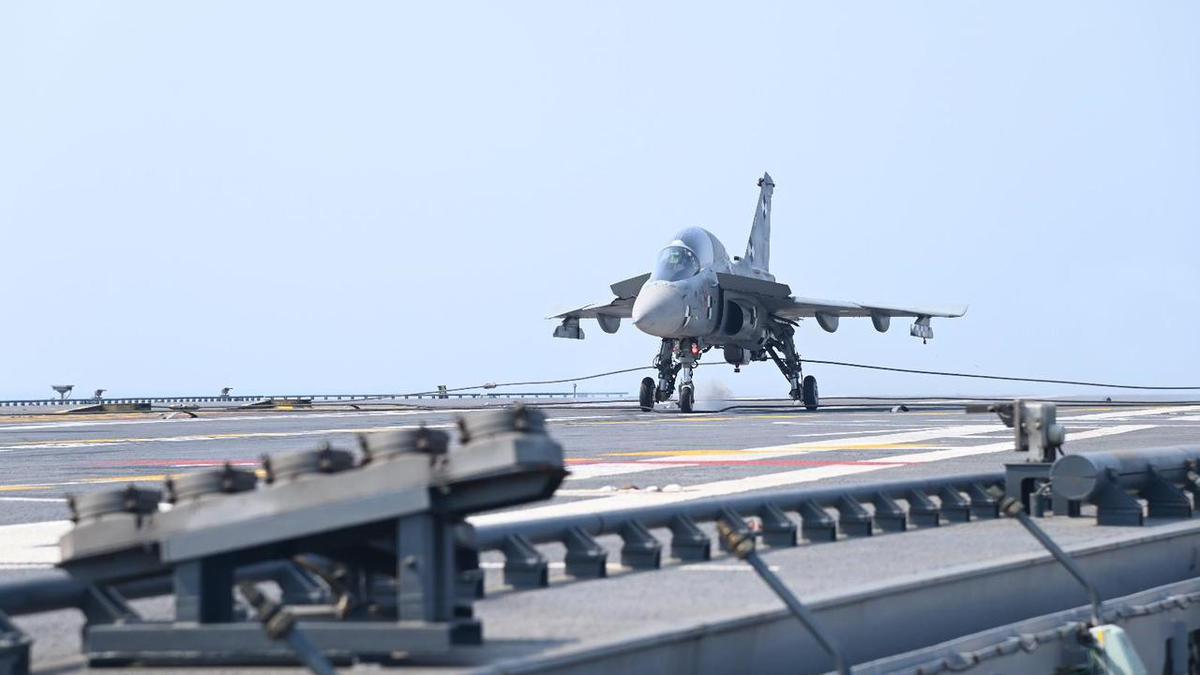
The US Navy’s search for a replacement for its long-serving Boeing T-45 Goshawk jet trainer appears to be nearing a key milestone. Budget documents released earlier this month indicate a potential procurement start date as early as 2026 for the Undergraduate Jet Training System (UJTS) program.
This development comes nearly six years after the Navy initiated its investigation into a T-45 replacement. Interestingly, the focus is not on a carrier-launched aircraft. The Naval Air Systems Command (NAVAIR) seeks a twin-seat, land-based jet trainer capable of simulating carrier landings for both Navy and Marine Corps pilots.
Continue readingSOURCE: IDRW.ORG TEAM.
1UNM.JPG)
Garden Reach Shipbuilders and Engineers (GRSE) is gearing up for a significant milestone in Indian shipbuilding. The state-owned shipyard is on track to deliver the first of its indigenously built Project-17 Alpha (P-17A) frigates, named “Mahendragiri,” by mid-2025, with an estimated delivery date of August 2025. This marks a crucial step towards self-reliance in India’s defense sector.
GRSE is making steady progress on the remaining P-17A frigates. The second and third ships are currently at 55% and 43% completion stages, respectively, with anticipated deliveries in February and August of 2026.
Continue readingSOURCE: RAUNAK KUNDE / NEWS BEAT / IDRW.ORG

Hindustan Aeronautics Limited (HAL) has successfully test-flown the first production variant of its Tejas Mk-1A Light Combat Aircraft (LCA). This marks a significant milestone in India’s indigenous fighter jet program. However, the Indian Air Force’s (IAF) plans for the Tejas program continue to evolve.
While the IAF is expected to formally order an additional 97 Tejas Mk-1A jets later this year, their desire for even more advanced capabilities is driving discussions for further modifications. These proposed changes could potentially lead to the designation of a new variant – the Tejas Mk-1B.
Continue readingSOURCE: RAUNAK KUNDE / NEWS BEAT / IDRW.ORG
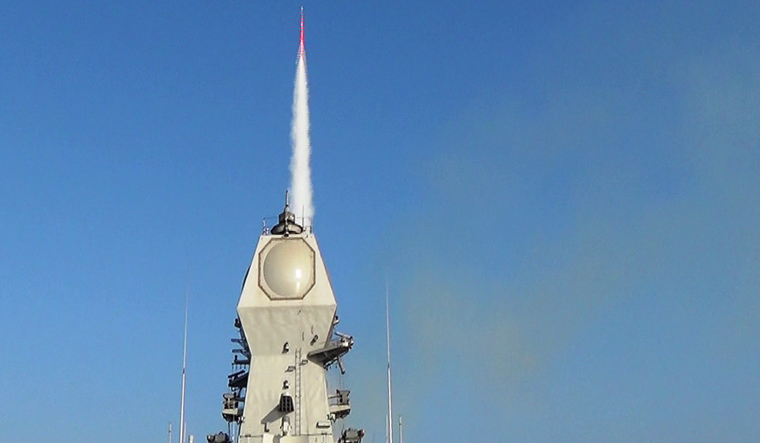
According to a recent Ministry of Defence (MoD) report, India is developing a new Long Range Surface Air Missile (LRSAM) system designed to neutralize airborne threats at extended ranges. This weapon system will be a welcome addition to the Indian Navy and Air Force’s arsenal, bolstering their ability to counter a wide array of aerial attacks.
The LRSAM system, being indigenously developed by the Defense Research and Development Organization (DRDO), boasts impressive capabilities. It’s envisioned to effectively engage not only high-flying aircraft and ballistic missiles but also low-flying, sea-skimming anti-ship missiles and even anti-ship ballistic missiles. Design reviews for crucial sub-systems and rocket motors are reportedly complete, signifying significant progress in the development process.
Continue readingSOURCE: RAUNAK KUNDE / NEWS BEAT / IDRW.ORG

In a significant development aimed at bolstering India’s defence capabilities and fostering self-reliance in the aerospace sector, Defence Minister Rajnath Singh recently articulated a bold vision during the Times Now Summit themed “India Unstoppable.” His announcement centred around the exploration of opportunities to export indigenous engine technologies developed by the Defense Research and Development Organization (DRDO) and Hindustan Aeronautics Limited (HAL).
During his address, Minister Rajnath Singh disclosed that he had instructed DRDO’s Gas Turbine Research Establishment (GTRE) and HAL to investigate the feasibility of exporting the Kaveri and F-414 engines. This directive marks a pivotal shift in India’s defence strategy, emphasizing not only the aspiration for self-sufficiency but also the ambition to emerge as a global exporter in the aerospace domain.
Continue readingSOURCE: IDRW.ORG TEAM.

The development of the Tejas MkII, India’s next-generation fighter jet, is progressing steadily. While component orders are underway, the actual assembly is expected to begin in mid-2025.
Initial progress involves acquiring Line-replaceable unit (LRUs) and other components, some of which will be sourced internationally. However, a delay exists for certain fuselage parts outsourced to private Indian companies. These components are anticipated to arrive by the end of 2024 or early 2025.
Continue readingSOURCE: IDRW.ORG.

A viral video circulating on the x (formerly Twitter) has sparked discussion about the development of China’s J-35 stealth fighter jet. The video shows the J-35 taking off, with puffs of black smoke emanating from its engines.
The black smoke is likely a byproduct of the jet’s engine undergoing testing. The J-35 is believed to be powered by the Guizhou WS-19 engine, which is derived from the earlier WS-13 and ultimately based on the Russian Klimov RD-93 turbofan. During initial tests, particularly engine starts, incomplete combustion can lead to black smoke emissions. This is a normal occurrence and doesn’t necessarily indicate a problem with the engine itself.
Continue reading